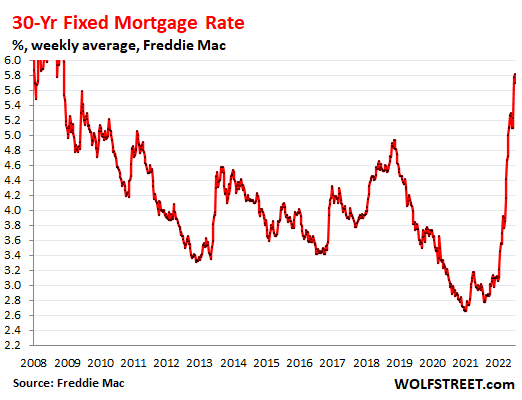Where tens of thousands of new apartments will rise between Austin, San Antonio

The San Antonio and Austin metros have more more than 55,000 apartment units under construction, highlighting the immense fortune developers are poring into the emerging metroplex.
Just looking at the I-35 corridor between the two big cities, 23,000-plus units are proposed, under construction or have come online in the past 12 months, according to data from MRI ApartmentData, a multifamily analytics firm tracking Sun Belt markets.
Map: New apartment communities up and down the I-35 corridor, with proposed in yellow, under construction in green and recently opened in blue.
That shows multifamily developers and investors are eager to keep pouring money into dense housing in the region. To be sure, there are thousands of single-family homes in the pipeline as well, although many experts have said denser, more affordable housing is desperately needed to ensure the region has the the workforce necessary for rapid economic growth.
And while apartment construction is bustling, there are storm clouds on the horizon. In San Antonio, apartment occupancy averages 88.3%, well below the benchmark for a healthy market. In 2022, a net 96 more people moved out than moved into new apartments.
Some multifamily operators of newly opened properties have cited cash flow concerns as they struggle with stabilizing occupancy rates. Over the last three months, however, occupancy has rallied, posting 1.5% growth — the first positive increase during a three-month period in more than a year.
“We’re getting a little bit stronger occupancy,” said Bruce McClenny, industry principal with MRI ApartmentData.
But that could change as apartment supply ticks up — the 16,000 units in the construction pipeline constitute more than two times the amount usually slated for San Antonio.
“The city sees an average 6,200 yearly deliveries — we’re on track for 9,000,” McClenny said.
Rate growth is down 0.6% on the year, also contributing to cash flow problems. Where occupancy has seen a turnaround over the past three months, rental rates have declined 2.9%.
“It’s going from a landlord’s market to a renter’s market,” McClenny said.
The gap is even wider in the Texas capital, where rental rates have declined by 3.1% in the past 12 months. Even more staggering is the 9.4% decline MRI ApartmentData noted in Austin over the last three months.
At a tender 87.6%, Austin’s occupancy rate is also slightly worse than the Alamo City’s. Net absorption is 9,560 units.
According to McClenny, tenants aren’t just exiting Austin’s class A properties, but from class B, C and D as well.
It’s a mystery where those renters are going. McClenny said that the data points to the emergence of a shadow market of for-rent single-family housing drawing them away from multifamily properties.
What is clear, however, is that many new San Antonio metro residents are coming from the capital, opting to commute rather than pay housing prices.
Some investors are looking at the combination of a loaded construction pipeline combined with low occupancy as a chance to nab properties at favorable rates.
With a noted decline in multifamily permitting across San Antonio and Austin, there is speculation that a resurgence in the economy around commercial real estate could pose good news for landlords who are able to weather the current cycle, when high rates of in migration and a dearth of supply could drive prices back up.
Will Anderson with Austin Business Journal contributed reporting.
| Rank | Prior Rank | Person |
|---|---|---|
|
1 |
1 |
Jones, Patton |
|
2 |
2 |
Cirar, Charles |
|
3 |
3 |
Bass, Forrest |


